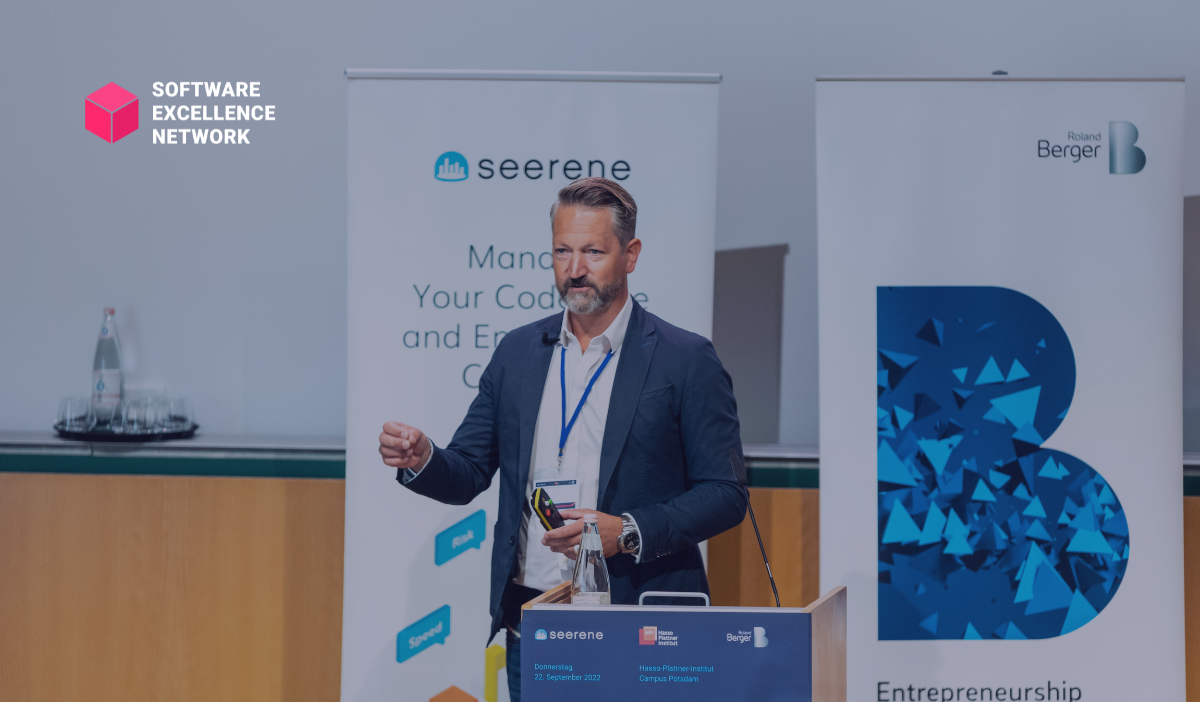
At the Learning Curves executive summit, Ole Harms, CEO of Vaiva, delivered an inspiring masterclass titled "The Ten Most Important Design Criteria to Establish a Successful Technology Company." Drawing on decades of experience in the tech and automotive industries, Harms provided a roadmap for leaders striving to build sustainable, innovative, and competitive technology enterprises.
Here are the key insights from Harms’ presentation:

Building a tech company requires acknowledging the value of experience and iteration. Harms emphasized that success is not about shortcuts or overnight breakthroughs. For example, Tesla didn’t start with custom chip designs—it began with off-the-shelf components and evolved over time. Similarly, companies should adopt a realistic timeline for innovation, using every failure as a stepping stone to improvement.
Harms stressed that focus is paramount. Attempting to tackle too many goals simultaneously is a recipe for failure. Instead, organizations must concentrate their efforts on a few critical objectives, ensuring that teams are aligned and free from distractions.
While innovation often begins with technology, Harms argued that a clear business model should always guide development. Questions like “Who is our customer?” and “How do we generate revenue?” must take precedence over platform or technical considerations. Viewing decisions through the lens of an imaginary investor can help companies stay disciplined and market-focused.
Not every component needs to be built in-house. Harms highlighted the importance of leveraging existing market solutions unless there are compelling reasons—such as continuity or speed—to develop proprietary technologies. Thoughtful make-or-buy decisions can accelerate time-to-market and reduce risk.
%20and%20Dr%20Wolfgang%20Bernhart%20(Roland%20Berger).jpg?width=300&height=200&name=Past%20Speakers%20Ole%20Harms%20(VAIVA)%20and%20Dr%20Wolfgang%20Bernhart%20(Roland%20Berger).jpg)
Harms adopted Simon Sinek’s philosophy of the "infinite game," where the goal is not to "win" in the short term but to remain a key player over the long haul. This mindset encourages companies to focus on foundational capabilities rather than chasing fleeting achievements.
Constantly revisiting decisions, shifting partnerships, or altering strategies undermines progress. Harms underscored the importance of consistency, which fosters stronger learning cycles and team confidence.
Harms’ disdain for bureaucratic inefficiencies was evident. He advocated for flat organizational structures with minimal overhead. Knowledge resides with the experts, not in redundant strategy or innovation departments. Productivity should be the primary focus, with processes continuously reviewed and streamlined.
Successful companies must regularly evaluate their trajectory, ensuring alignment with goals and eliminating unnecessary processes. Harms cited his company’s focus on monthly retrospectives to refine workflows and optimize productivity.
Leadership in technology companies demands more than technical expertise. Harms argued for diverse backgrounds, long-term commitment, and a genuine passion for the mission. Leaders must bring deep experience from technology environments to steer companies effectively.
In Harms’ view, the future belongs to experts. Organizations should nurture top talent, providing career paths that allow technical professionals to excel without needing to transition into management. It’s not about hiring the most people; it’s about hiring the best.
Harms shared valuable lessons on attracting and retaining top talent. Contrary to conventional wisdom, compensation is not the only motivator. Career development, recognition, and a performance-driven culture play pivotal roles in retaining high-performing employees. Harms advocated for performance-based promotions and long-term incentives like employee stock options to align individual success with organizational growth.
Finally, Harms stressed the importance of honest communication. In an industry riddled with uncertainty, leaders must say what they mean and follow through with action. This transparency builds trust and drives alignment across teams.
Ole Harms’ masterclass provided a compelling vision for leaders aiming to navigate the complexities of building a technology company. By focusing on long-term learning, strategic clarity, and an expert-driven culture, organizations can position themselves for enduring success in a competitive and ever-evolving landscape.

The Software Excellence Network brings together senior leaders from top organizations to explore strategies and innovations that drive software development success. Through exclusive events, expert insights, and peer-to-peer learning, the network empowers decision-makers to achieve excellence in large-scale software production and strategic software management. The Learning Curves executive exchange was one such event.
A Note to Our Readers
This article summarizes the key ideas shared by Ole Harms during his talk. While we’ve highlighted the main concepts and innovations he discussed, the full depth of his insights and examples is best experienced by watching the complete session. To explore further and hear directly from the speaker, we encourage you to watch the full presentation. If you have any questions or need additional information, don’t hesitate to contact us.
These Stories on Events/Webinars
August-Bebel-Str. 26-53
14482 Potsdam, Germany
hello@seerene.com
+49 (0) 331 706 234 0
Generative AI Seerene GmbH
August-Bebel-Str. 26-53
14482 Potsdam, Germany
hello@seerene.com
+49 331 7062340